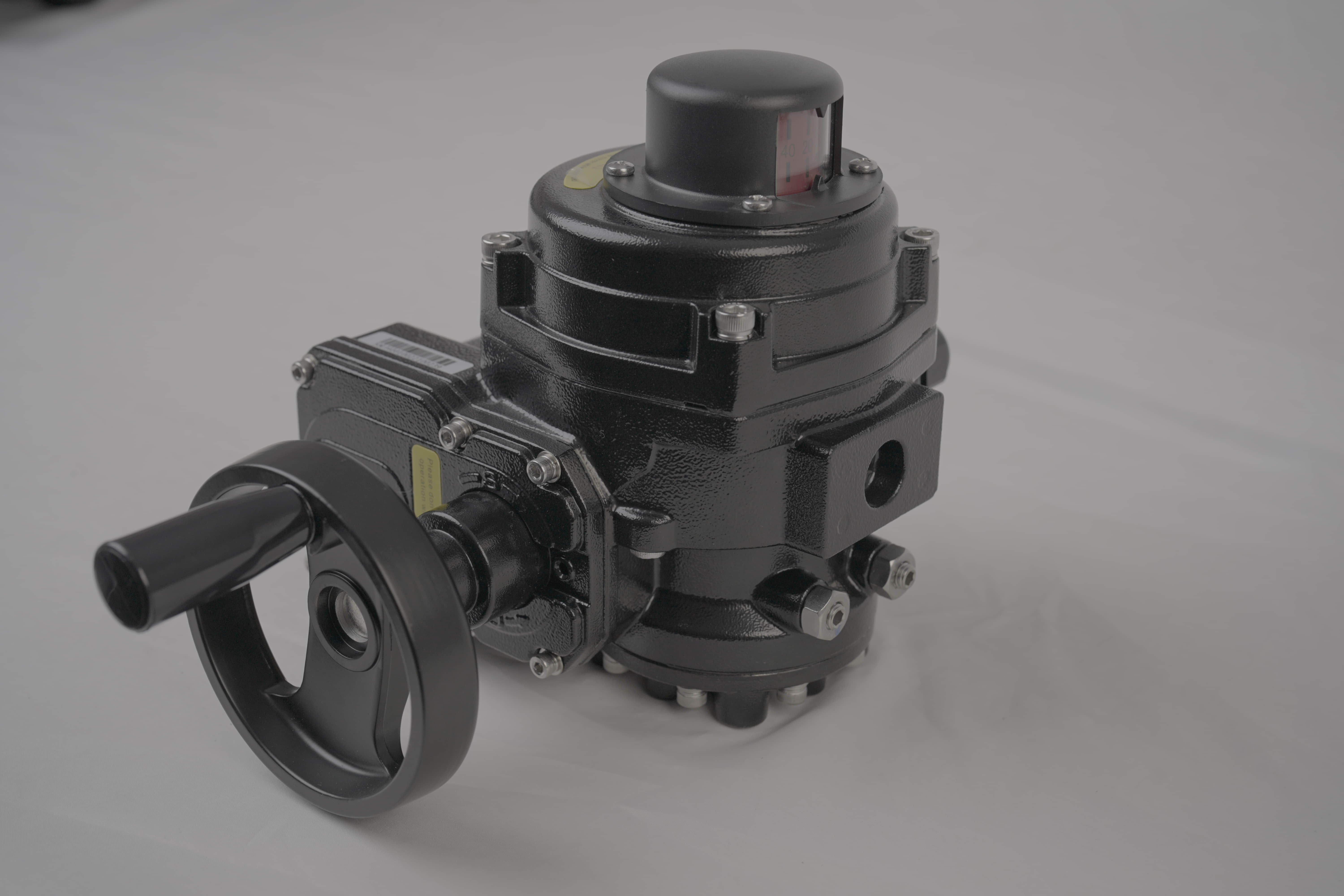understanding the stainless steel lithium battery valve: function, benefits, and applications
Release time:2024-09-14 20:12:31
In the rapidly advancing world of energy storage and technology, lithium batteries have emerged as a cornerstone of modern power solutions, offering high energy density, long life cycles, and improved performance over traditional battery types. One critical component of lithium batteries that often goes unnoticed but plays a vital role in their safety and efficiency is the stainless steel lithium battery valve. This article explores the function, benefits, and applications of these valves, shedding light on their significance in the realm of battery technology.

Function of Stainless Steel Lithium Battery Valves The primary function of a stainless steel lithium battery valve is to regulate the internal pressure of the battery and ensure safe operation. Lithium batteries, particularly those used in high-performance applications such as electric vehicles (EVs) and portable electronics, can generate significant amounts of gas during normal operation or in the event of a malfunction. This gas buildup can lead to increased pressure within the battery cell, potentially causing swelling, leakage, or even catastrophic failure.
To mitigate these risks, the stainless steel lithium battery valve is designed to act as a pressure relief mechanism. It allows the excess gas to escape in a controlled manner, thereby preventing dangerous pressure levels from building up inside the battery. This not only enhances the safety of the battery but also prolongs its lifespan by preventing damage that could arise from overpressure conditions.

